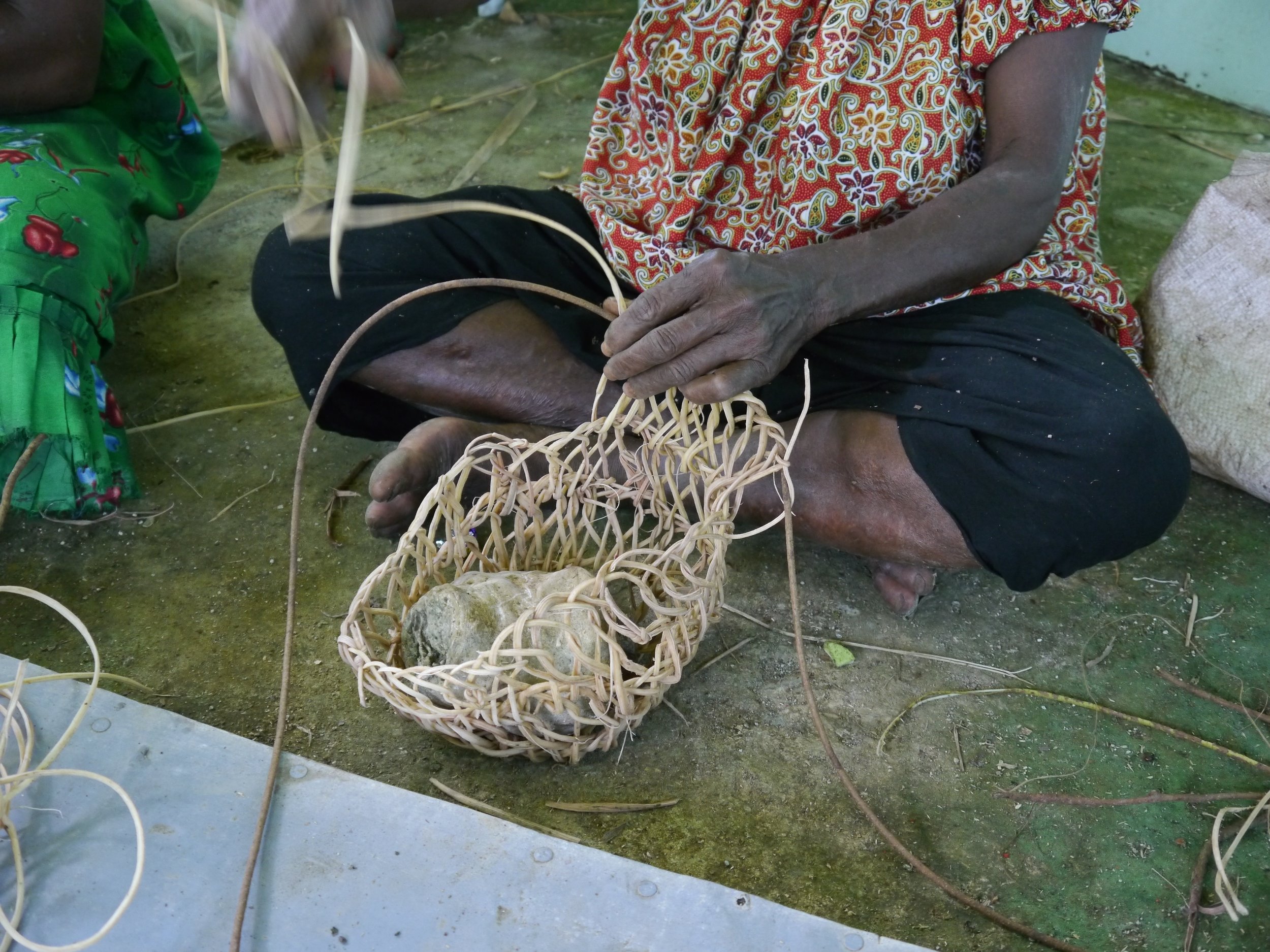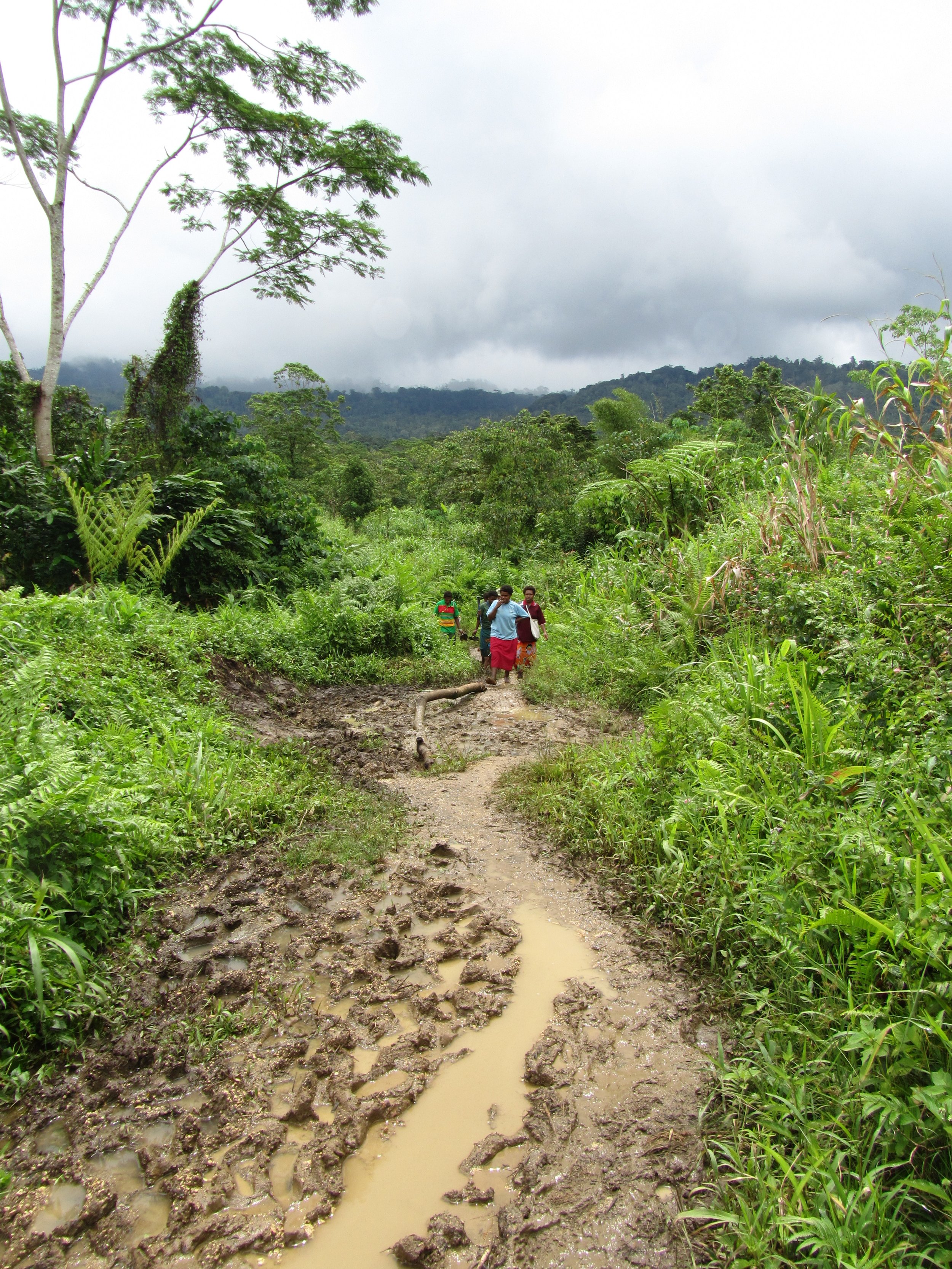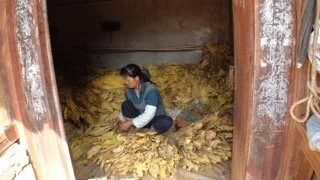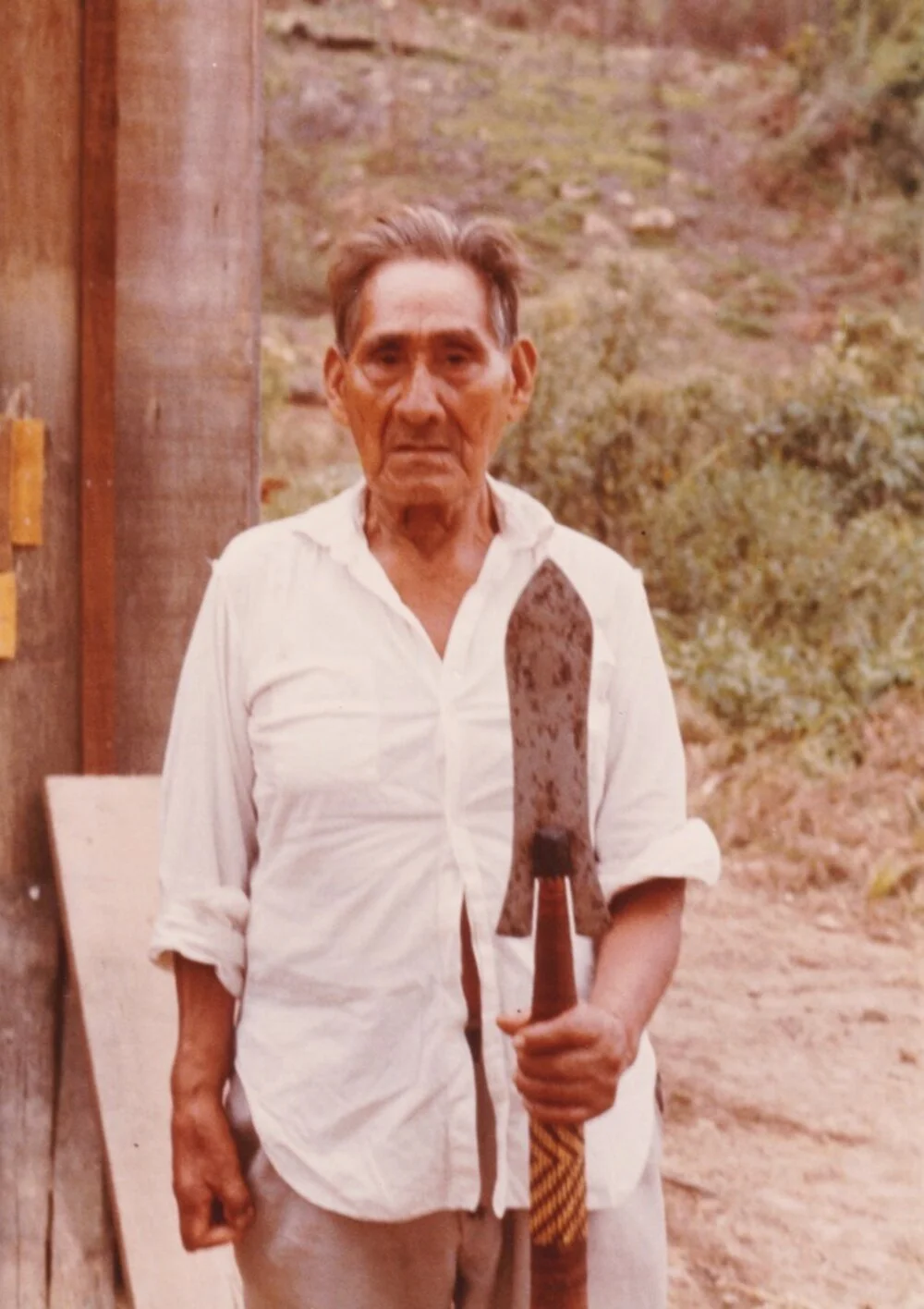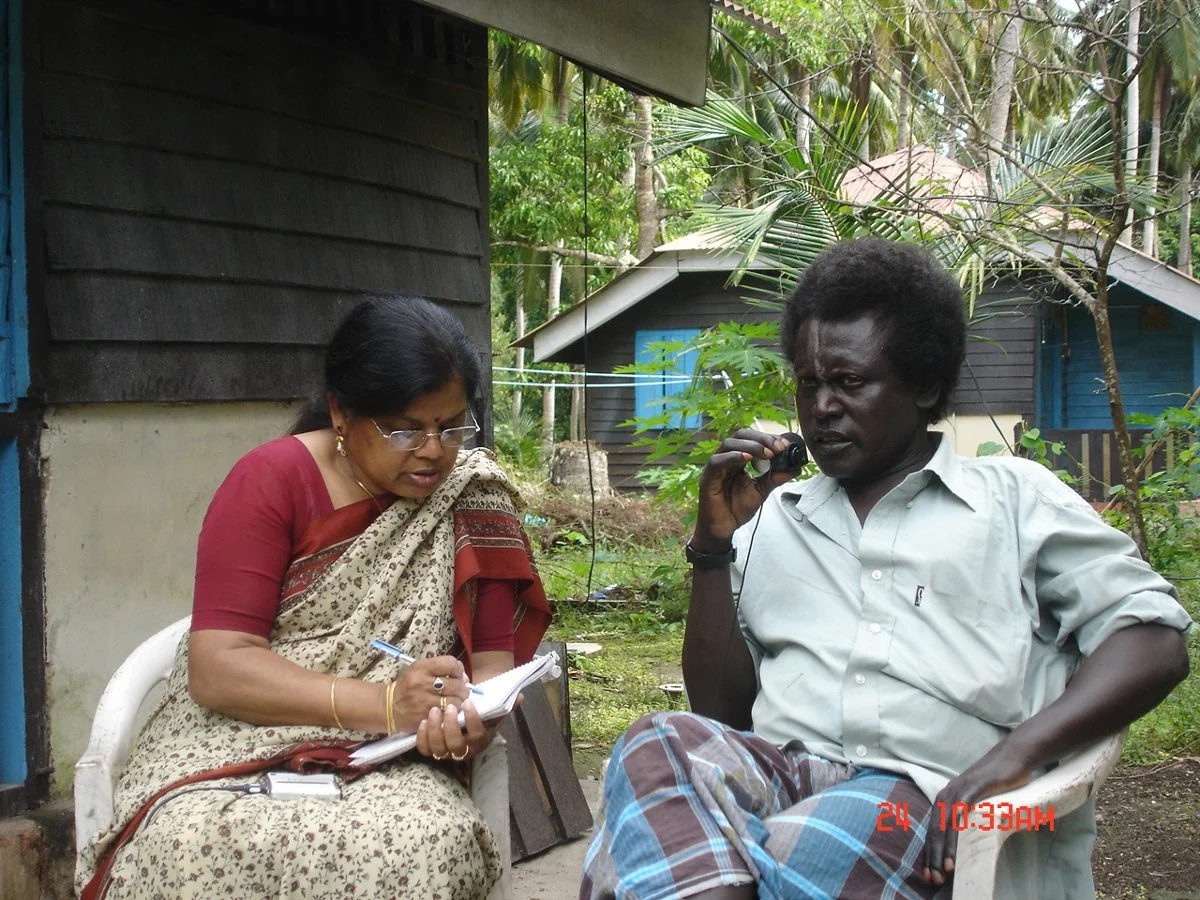STORIES
Qaqet
THE QAQET OF RAUNSEPNA
September 26, 2016
by Birgit Hellwig
Lichtenberg Professor, Department of Linguistics, University of Cologne
Raunsepna Village
The Qaqet say that Raunsepna takes its name from the Qaqet word rlaun ‘netbag’, referring to the ubiquitous Papua New Guinean bags of all shapes and sizes and for all occasions – for carrying personal items, garden or market produce, and sometimes babies. The Qaqet version is made of dried and split creepers woven into a bowl-like shape. Some say that Raunsepna grew around a tree where people used to hang their netbags: at any time, dozens of netbags would hang in this tree. Others say that the name describes the landscape: Raunsepna is located in a valley and surrounded by high mountains, mirroring the shape of a netbag. Outside visitors sometimes say that the name must come from the Tok Pisin word raun ‘surrounding’, evoking the mountains surrounding the village.
Raunsepna is found in the remote Baining mountains of the Gazelle Peninsula of Papua New Guinea’s East New Britain Province. It is a Qaqet village: the Qaqet (together with their relatives from other Baining groups) are the indigenous people of this region – with archaeological records dating back 30,000 years and more.
Spriggs, Matthew. 1997. The Island Melanesians. London: Blackwell.
Their more recent history is troubled. Up until the early 20th century, many Baining were captured, killed or taken as slaves. The dominant people of the region (the Tolai) as well as early colonizers and missionaries saw the Baining as a ‘primitive’ people that needed to be ‘civilized’. By the mid-20th century, the social fabric had changed irrevocably. People were moved from small isolated hamlets into permanent villages like Raunsepna, which were built around mission stations with churches, schools and health posts. They were integrated into the cash economy, and young Baining were recruited to work on far-away plantations. Large numbers of epidemics spread through the region, with mortality rates ranging around 30% and with some settlements disappearing altogether. And World War II saw many Baining being forced to work as carriers and enduring punitive raids and bombings. As late as 1964, missionaries spoke of the Baining as a ‘dying people’.
Hiery, Hermann Joseph. 2007. Die Baininger. Einige historische Anmerkungen zur Einführung. In Karl Hesse. A Jos! Die Welt, in der die Chachet-Baininger leben. Sagen, Glaube und Tänze von der Gazelle-Halbinsel Papua-Neuguineas. Wiesbaden. Harrassowitz Verlag.
Weaving a netbag
The Qaqet have survived and recovered. Today, there are maybe 10,000 Qaqet who mostly live as gardeners – well known in the entire region for planting taro (as their main food) and peanuts (for sale). Families clear areas of bush, erect fences against wallabies and wild pigs, plant their gardens for a few years, then allow them to become bush again and move on to clear another plot. Many Qaqet have their permanent homes in villages such as Raunsepna, but they continue to be highly mobile, leaving their villages for longer or shorter periods, living in one of their gardens or with relatives in other parts of the region.
Many villages like Raunsepna can only be reached by walking several hours along bush tracks through mountains, swamps, forests and rivers. Every single outside item needs to be carried into the village on people’s backs – store-bought food and clothes, tools, building materials, the health post’s water tank, emergency generator, refrigerator for storing vaccines and boxes of medicine, the school’s books, teaching materials and photocopier, or the researcher’s solar system.
It is the remoteness of this region that keeps the Qaqet language and culture alive. Even though nearly all adults are fluent in the national language Tok Pisin, Qaqet continues to be an important language. Walking through the village of Raunsepna, you hear Qaqet spoken everywhere, and children still learn it as their first language. But people fear that this will change. They see these changes happening all around them. They see it among the Qaqet living along the more accessible coast. In accessible regions, Qaqet is rapidly giving way: adults speak largely Tok Pisin, and children grow up knowing only little Qaqet.
People are worried and they want their language to continue. As these elders say:
This concern for their language and their impressive self-reliance has initiated an exceptional community effort to describe and document the Qaqet language: the language of adults and the language of children. What kind of language do children hear from their parents, from other adults, from other children? What kind of language do they themselves speak? What do they need to learn to grow up as responsible members of Qaqet society? How do they learn?
Our project seeks answers to such questions. It received generous funding from the Endangered Languages Documentation Programme and the Volkswagen Foundation’s Lichtenberg program. And it is supported and sustained by the people of Raunsepna and nearby Lamarain – to date, 211 Qaqet have been actively involved in the project (116 adults and 95 children), participating in audio and video recordings, writing down the spoken language and translating it, working on a dictionary and a grammar, explaining their language and culture, organizing and hosting the research. Ngunarlip ngutaqen amatlu sagel ngen mii navrura lat. Atlu bangen mas!
Elders discussing the future of the Qaqet language:
Anna Nguinganan, Clara Langmetki, Dorothy Naremetki
John Landi, Tony Alin, Bruno Lalem
CONTINUE READING STORIES

